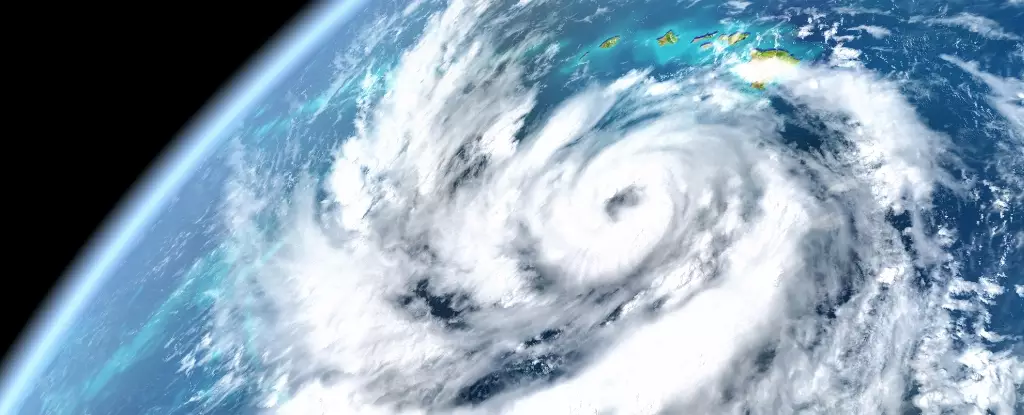The realm of disaster preparedness has long been reliant on traditional meteorological models, steeped in physical principles that demand vast computational resources and often lag behind the rapid pace of climate changes. However, Microsoft has recently unveiled a pioneering artificial intelligence (AI) model known as Aurora, which is poised to revolutionize how we predict air quality, weather intricacies, and the trajectories of tropical storms. According to an illuminating study published in the journal Nature, Aurora not only surpasses existing forecasting methodologies but does so with remarkable efficiency, accuracy, and cost-effectiveness.
What sets Aurora apart? For starters, its foundational training is rooted exclusively in historical data, allowing it to generate 10-day forecasts and accurately predict the paths of destructive hurricanes, outperforming the traditional forecasting giants like the US National Hurricane Center. Senior author Paris Perdikaris has backed this claim, highlighting that for the first time in history, we possess an AI system capable of outshining established hurricane forecasting centers. The implications are profound; as climate change intensifies the frequency and severity of extreme weather events, an agile AI like Aurora represents a critical development in our meteorological capabilities.
Efficiency and Accuracy: Redefining Parameters
Unlike traditional models that hinge on complex physical principles and vast computational power—often resulting in exorbitant costs—Aurora demonstrates an ability to provide similarly, if not more, accurate forecasts while being several hundred times cheaper to operate. This paradigm shift could emancipate weather agencies from the shackles of high operational costs which, in turn, enables more resources to be allocated to addressing climate change and its impacts.
Consider the instance of the notorious Doksuri typhoon, a historically devastating cyclone in the Philippines. While the conventional forecasts misled with paths that showed potential impacts north of Taiwan, Aurora’s insights correctly anticipated the storm’s landfall with a four-day foresight. Such accuracy not only saves lives but also minimizes economic losses, providing critical information for evacuation and emergency response efforts as harsh weather becomes an increasingly reliable pattern in our new climate reality.
A New Trend in Weather Agencies
Aurora isn’t operating in isolation either; it follows closely in the wake of China’s Huawei, whose Pangu-Weather AI model has also presented promising results in climate forecasting. As technological advancements proliferate, many weather agencies across the globe are beginning to integrate AI models alongside their traditional techniques, forging a hybrid methodology that aims to enhance accuracy while managing costs. Florence Rabier, Director General of the European Centre for Medium-Range Weather Forecasts (ECMWF), is already taking steps in this direction by developing a learning model, which she notes is approximately 1,000 times less expensive than its traditional physical counterparts.
However, this shift isn’t without its obstacles. As global reliance on AI increases, there’s a burgeoning debate over the ethics of technological reliance, the credibility of forecast accuracy, and the potential job displacement for traditional meteorologists. The ramifications of replacing human intuition and decades of experience with algorithm-driven precision bring about a quandary that society needs to face head-on, especially as we inch closer to integrating AI deeply into essential services.
The Road Ahead: An Era of Transformation
In a video presentation linked to the research, Perdikaris expresses an optimistic view that we are on the brink of a transformative era in atmospheric science. Within the next decade, it is likely that systems will evolve to work seamlessly with observational data sourced from remote sensing technologies, such as satellites and weather stations. This innovation promises a level of high-resolution forecasting that we have yet to fully realize.
The AI revolution in weather forecasting is more than remarkable technology; it embodies a vital shift in our approach to understanding and preparing for natural disasters. As meteorological models adapt, the urgency to capitalize on these advancements only heightens, signaling a pivotal time in our collective battle against climate change. The interplay between human expertise and AI efficacy may very well dictate how resilient we become in the face of environmental challenges, driving home the necessity of such innovations in saving lives and fortifying communities against the storms ahead.


Leave a Reply